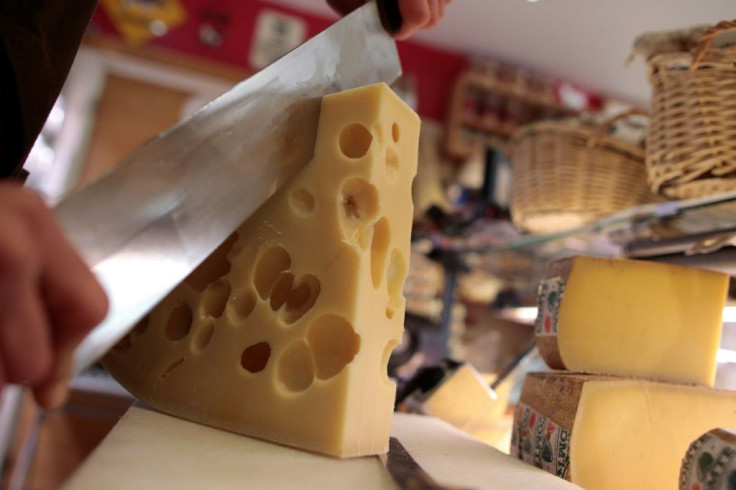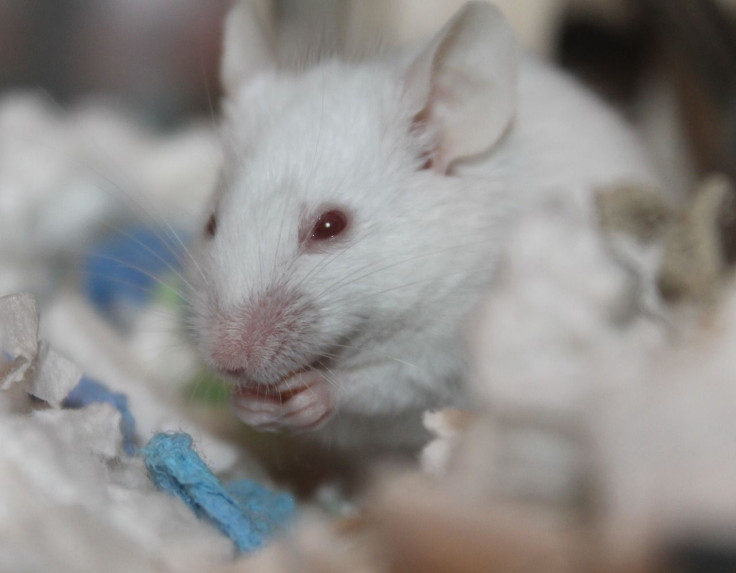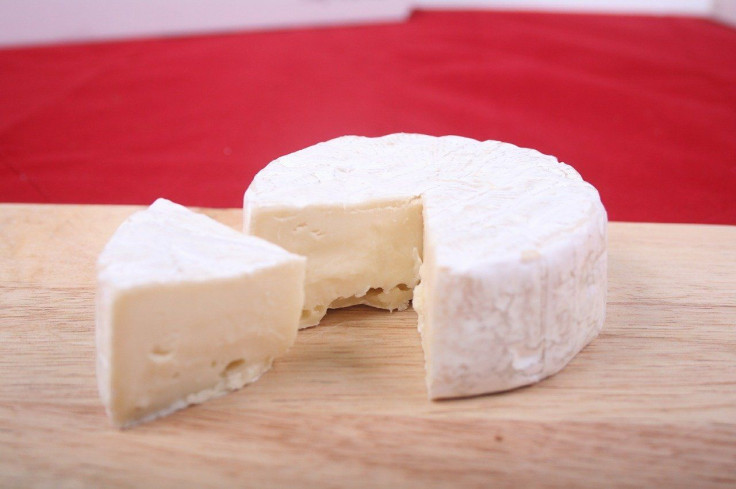National Cheese Day 2021: 12 Gross Facts You'd Wish You Never Knew
KEY POINTS
- National Cheese Day is celebrated to honor the dairy product that has been around since the ancient times
- The bad odor of cheese and human feet are produced by the same bacteria
- Contrary to popular belief, mice don't actually like cheese
National Cheese Day honors the dairy product and all its varieties, and it is held on June 4 each year.
Cheesemaking has been around since the ancient times as it is said to have started all the way back in 8,000 BCE, according to National Today. At present, cheese has made its presence known in almost every corner of the world as it can be served frosty, sweet, savory, or even deep-fried.
On National Cheese Day 2021, read up on these gross facts about the household staple, courtesy of the Swedish Nomad, PETA, Absolute Dental and Obsev.
Eating cheese reduces tooth decay.
Because cheese is rich in calcium or the nutrient that keeps your bones and teeth healthy, it is said to help prevent your teeth from decaying.
Vieux Boulogne is the smelliest cheese in the world.
Vieux Boulogne smells like a cow's behind, wet earth, or rotting leaves, according to the Independent. Regardless of how you would choose to describe it, this cheese absolutely stinks.
Blue cheese is injected with mold.
The pronounced veins of mold in the blue cheese aren't a coincidence. Because air is deliberately injected into the cheese, it allows the veins of mold to develop evenly throughout its mass.
Some people eat cheese filled with maggots.
In places such as Sardinia and Corsica, flies are allowed to lay their eggs on pecorino cheese. The rotting cheese called casu marzu may not sound appealing for most, but it is eaten together with the maggots that inhabit it!
The world's most expensive cheese is made out of donkey milk.
Pule, the most expensive cheese in the world, costs about $600 to $1,000 per pound. What makes this cheese so special is the fact that it is difficult to produce since it is partially made from the belly of a donkey.

You can get addicted to cheese.
Cheese is said to have effects similar to that of drugs. According to Dr. Neal Barnard, author of The Cheese Trap, cheese can both be fattening and addictive mainly because the dairy proteins inside it can act like opiates.
The odors of smelly cheese and stinky feet are produced by the same bacteria.
Brevibacterium linens are the bacteria that make some cheeses smell bad. This bacteria is also present on the human skin and can cause the odor emitted by stinky feet.
Moldy cheese can be good for you.
More often than not, people should pass on eating foods with mold. However, there are certain types of cheeses that are safe to consume even when they are moldy. Examples include Roquefort, blue cheese and the gorgonzola.
Mice don't actually like cheese.
Contrary to popular opinion, mice aren't actually the biggest fans of cheese. According to Absolute Dental, mice prefer grains, fruits, and other food that are high in sugar and tend to avoid smelly cheeses.

Queen Victoria was given the world's largest cheddar wheel.
Given as a wedding present to Queen Victoria, the world's largest cheddar wheel at the time measured 9 feet in circumference and 20 inches in depth.
Lactose intolerant people can eat cheese.
Lactose intolerant people are less likely to experience adverse symptoms when they eat cheese. This is because much of the lactose present in it has been weighed off with the whey. In addition, the more cheese ages, the further lactose gets broken down in the process, as per Swedish Nomad.
Cheese helps you sleep better.
A study by the British Cheese Board found that eating cheese at least 30 minutes before sleeping results in a good snooze paired with pleasant dreams.
Edam cheese never goes bad.
The Edam cheese from North Holland does not spoil and only hardens as time passes. This discovery made the cheese popular in the 14th and 18th centuries when sea voyagers found that they could bring the Edam cheese with them to remote colonies.

© Copyright IBTimes 2024. All rights reserved.





















